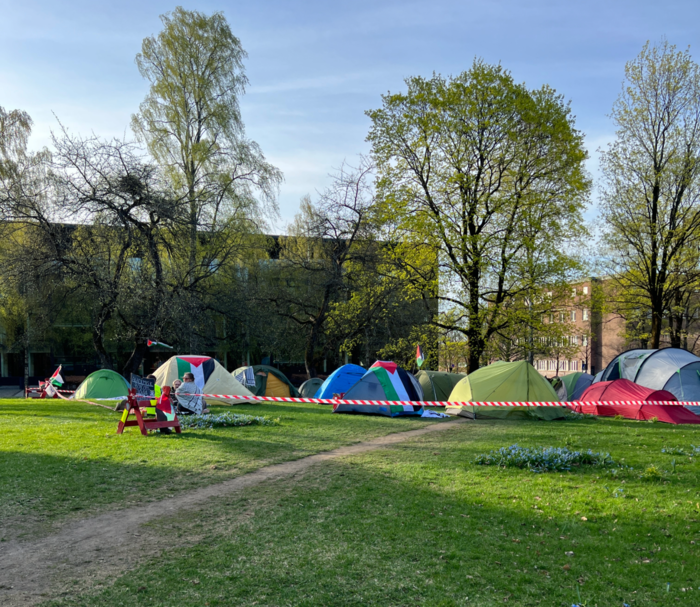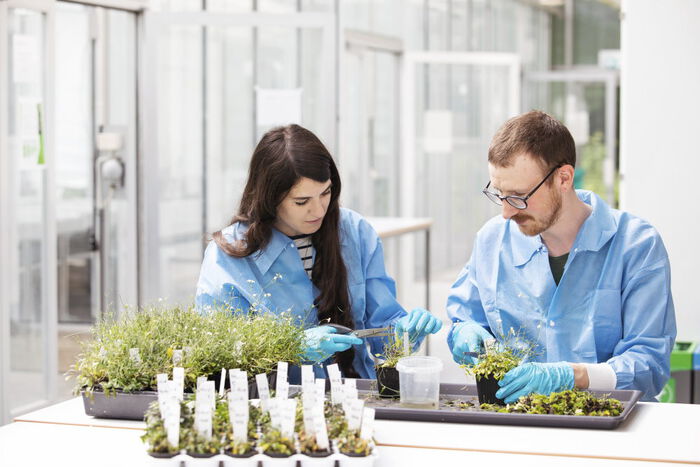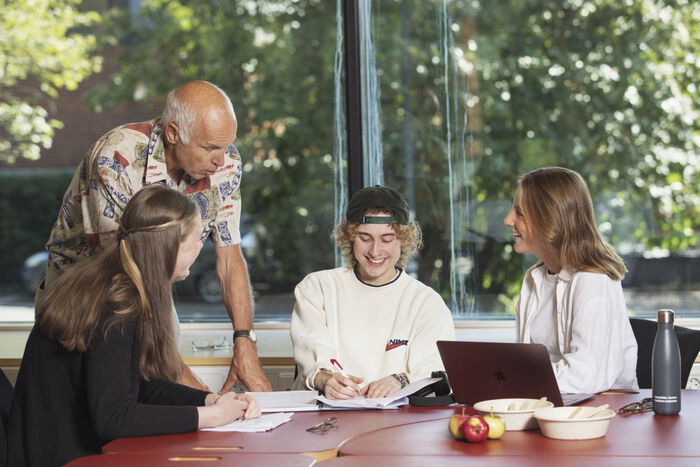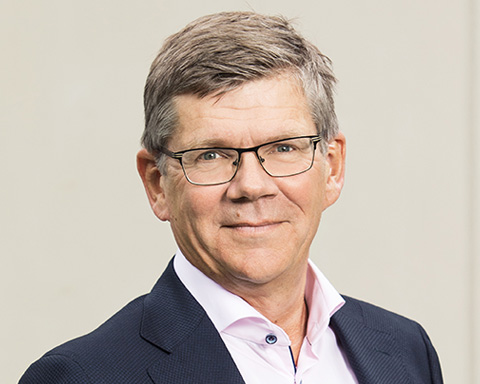
By Vebj?rn Bakken and Svein St?len
French and Norwegian participants from academia, industry and government institutions will cover some of these challenging and important questions, at a seminar on globalization, inequality and energy 11-12. June. The seminar is organized by L’Institut fran?ais d’Oslo, The Norwegian Solar Energy Cluster and the University of Oslo.
In 2015, the 17 Sustainable Development Goals (SDGs) were adopted. Goal #7 is to “Ensure access to affordable, reliable, sustainable and modern energy for all”. Energy is also directly and indirectly linked to many of the other SDGs. Availability of energy in general, and electricity in particular, is seen a necessary requirement for development, yet one in five people in the world still lacks access to modern electricity.
The situation is particularly dire in Sub-Saharan Africa, where it is estimated that 7 out of 10 people are without access, and projections for the next decades do not really show much improvement. Even in Europe, energy poverty is receiving increasing attention. The European Commission has estimated that more than 10% of the EU population is affected, indicating that they for example are unable to adequately heat their homes. This vulnerability is particularly prevalent in Central Eastern and Southern Europe.
There is thus clearly a huge need for affordable energy both in the north and the south. However and rather worryingly, the energy sector is the dominant contributor to climate gas emissions. Though various renewable energy technologies are making great progress, the world is still predominantly running on fossils. Rather ironically, many of the areas that lack electricity are precisely the same regions that receive the most sunlight, making them obvious locations for solar energy systems. The world of energy is abundant with such paradoxes, just look at Norway itself: Aiming to be a champion against climate change, whilst still being one on the largest oil and gas producers in the world.
The topics discussed, will be followed up on day 2 where the focus will be on financing, renewables for development and present some relevant projects. We will also award Alf Bj?rseth’s inspirational prize for the best UiO PhD within renewable energy and advanced materials.
The SDGs are meant to reinvigorate and organize our efforts to grapple with the global challenges within the realms of health and social justice as well as energy and climate. UiO’s three transfaculty initiatives – UiO:Energy, UiO:Nordic, and UiO:Life Sciences address each of the three dimensions of sustainability in the UN 2030 Agenda – climate and environment, economic and social sustainability, and health. SDGs are spot on when they challenge us to think and work across sectors and disciplines. They are also right on target when they implicitly ask higher education institutions to forge new alliances. Reaching the SDGs is a complex tasks and requires that we bolster the dialogue between academia, government, business, and civil society. And this is exactly what we aim to do at this conference.
This conference is part of a French-Nordic cycle of conferences called Globalisation and inequality. The other conferences will take place in Stockholm, Copenhagen and Helsinki.
Registration (Attendance is free, but please register no later than Thursday June 7.)




